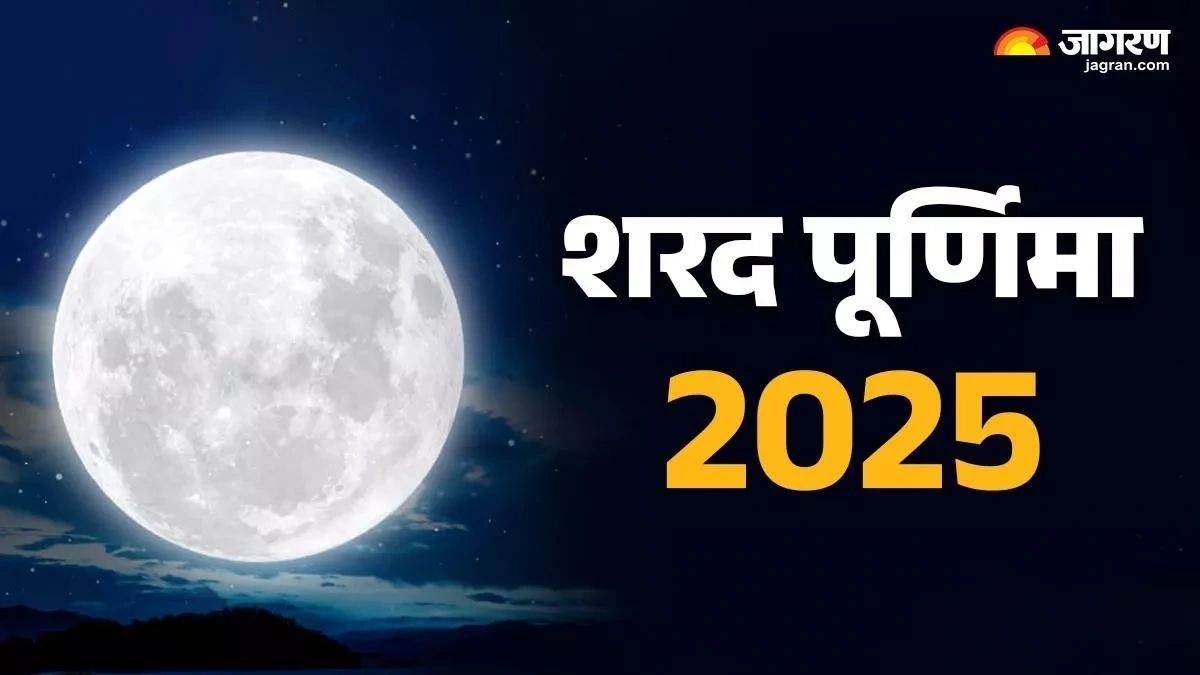Why You Can’t Look Away | The Hidden Psychology of India’s Live News Obsession
Let’s set a scene. You’re trying to work, or maybe just have a quiet cup of chai. Your phone buzzes. A red banner screams across the screen: “BREAKING NEWS.” A notification from your favourite news app. Simultaneously, the TV in the other room, permanently tuned to one of the dozens of live news channels, erupts with a dramatic swell of music. Someone is shouting.
You tell yourself you’ll just check for a minute. Just to see what’s happening.
An hour later, you’re still there. You’ve been pulled into a vortex of flashing tickers, heated debates with seven different windows on the screen, and endless speculation. You don’t necessarily feel more informed. In fact, you might feel more anxious, more agitated, and a little bit drained. Sound familiar?
Here’s the thing we need to talk about. Our relationship with live news today has become… complicated. We’re hooked, and it’s not entirely our fault. It’s a multi-crore rupee industry designed to capture and hold our attention, often at the expense of actual, you know, news. But understanding why we can’t look away is the first step to reclaiming our sanity and becoming genuinely informed citizens, not just content consumers.
So, grab that chai. Let’s pull back the curtain on the whole spectacle.
The Dopamine Hit of a ‘Breaking News’ Alert

Ever wondered why that ‘Breaking News’ graphic feels so urgent, almost like a siren? It’s by design. Our brains, wonderful and ancient as they are, are hardwired for survival. They are constantly scanning the environment for threats and opportunities. A sudden, unexpected piece of information triggers a primal response: Is this a threat? Is this important for my survival?
When you see that alert, your brain releases a tiny squirt of dopamine, the “feel-good” neurotransmitter associated with reward and motivation. It’s the same chemical that makes you feel good when you eat your favourite food or win a game. News channels have, perhaps unwittingly, tapped into this. The constant stream of news updates acts like a slot machine. Most of the time, the ‘news’ is trivial. But every now and then, there’s a genuinely big story the jackpot. This system of “variable rewards” is incredibly addictive. We keep checking, just in case this next notification is the big one.
It’s a neurological loop. The alert creates a sense of urgency. You check. You get a small dopamine hit. The feeling fades. Another alert comes. The loop repeats. I used to be caught in this myself, feeling a phantom buzz in my pocket even when my phone was on the table. It’s a powerful, and profitable, psychological hook.
From “Janta Ki Awaaz” to TRP Ka Khel | The Business of Being Live

What fascinates me is the shift in the business model. There was a time when news was about reporting what had already happened, after careful verification. Think about the gravity of the 9 o’clock Doordarshan news. Today, the game has changed entirely. The business of live news isn’t about reporting; it’s about filling 24 hours of airtime as cheaply as possible.
And what’s the cheapest way to do that?
Not by sending teams of investigative journalists into the field for weeks. That’s expensive and slow. The cheapest way is to get a bunch of people in a studio to shout at each other. The goal is no longer to inform, but to provoke an emotional reaction. Anger, fear, outrage these emotions keep us glued to the screen. It’s a theatre of conflict, and the currency is TRP (Television Rating Point).
This economic pressure is why you see endless speculation instead of confirmed facts. A story is “broken” without proper sourcing because being first is more important than being right. Panels are filled with partisan voices, not experts, because conflict drives viewership. It’s a vicious cycle where the quality of information is sacrificed at the altar of eyeballs. The next time you’re watching a “debate,” ask yourself: is this meant to find a solution, or is it just designed to keep me watching until the next ad break?
The Echo Chamber Effect | How Live News Cements Our Biases

Let’s be honest. Most of us don’t watch news channels to be challenged. We watch the ones that confirm what we already believe. This isn’t a moral failing; it’s a psychological shortcut called confirmation bias. It feels good to have our worldview validated.
The problem is, Indian news channels have mastered the art of catering to these biases. They know their audience. They frame stories, choose panelists, and craft headlines that appeal to a specific political or ideological leaning. Over time, watching a single channel or a set of similar channels creates a powerful echo chamber.
You end up in a world where your opinions are never questioned, and the “other side” is always portrayed as villainous, foolish, or both. This is incredibly dangerous for a democracy. It hardens our positions, erodes empathy, and makes meaningful dialogue impossible. It’s why conversations about politics with family and friends, especially during something like the celebration for India Independence Day , can feel so fraught with tension. We’re not just disagreeing on facts; we’re operating from completely different, media-curated realities.
The first step to breaking free is recognizing you’re in an echo chamber. The second is to actively seek out information that makes you a little uncomfortable.
Reclaiming Your Mind | A Smarter Way to Stay Informed

So, are we doomed to be anxious, addicted, and polarized? Absolutely not. You have all the power here. The goal is to shift from being a passive consumer of news to an active, critical thinker. It’s not about tuning out completely; it’s about tuning in smarter.
Here’s a practical approach:
- Kill the Notifications: This is the single most important step. Go into your phone’s settings and turn off all news alerts. Every single one. You decide when you want to check the news, not a media company’s algorithm.
- Schedule Your News Time: Instead of snacking on junk information all day, set aside a specific time, say 15 minutes in the morning and 15 in the evening, to catch up. This prevents the constant emotional drain of the 24/7 news cycle.
- Diversify Your Diet: Make it a rule to read from at least one source you wouldn’t normally. If you primarily watch TV, read a newspaper (or its e-paper). If you only read headlines, listen to a long-form news podcast. Try to understand not just *what* is happening, but *why*, from different perspectives. A great way to enhance your understanding is by exploring resources that promote media and information literacy.
- Embrace “Slow News”: The most important stories are rarely the ones that are “breaking” right now. Look for weekly round-ups, in-depth analytical articles, and documentaries. These provide context, which is far more valuable than minute-by-minute updates.
This isn’t just about mental peace; it’s about becoming a more effective citizen. It’s about ensuring that you’re acting on information, not just reacting to stimulation.
Your Live News Questions, Answered
What’s the real difference between ‘breaking news’ and ‘live news’?
Think of it this way: breaking news is an event that is currently unfolding or has just happened. ‘Live news’ is the format used to cover it the 24/7 broadcast. The problem is, there isn’t enough actual ‘breaking news’ to fill 24 hours, so ‘live news’ often becomes filled with speculation, repetition, and manufactured debates to keep you watching.
How can I spot misinformation in media, especially on live TV?
Look for red flags. Are they citing anonymous “sources”? Are they using emotionally charged language instead of neutral facts? Is the “debate” balanced, or is it one person against a panel of five who all agree? A key skill is to separate opinion/commentary from factual reporting. Often, they are deliberately blurred in live broadcasts.
Are all live news channels in India biased?
To some degree, all news sources have a bias, whether it’s conscious or unconscious. The key is to recognize the bias of the channel you’re watching. The most problematic bias is one that pretends to be neutral. A better approach is to consume news from a variety of sources with different biases to get a more rounded picture. Perhaps it’s a good idea to just turn it off and think about something else, like the upcoming Happy Raksha Bandhan celebrations.
Is it really that bad for my mental health to watch news all the time?
Yes. Studies have consistently shown a link between high consumption of negative news and increased rates of anxiety, stress, and even depression. It’s called “headline stress disorder.” Your brain can’t easily distinguish between a threat on TV and a threat to you personally, leading to a constant state of low-grade fight-or-flight.
The endless cycle of live news is a spectacle designed to hold you captive. But it only has power if you give it your attention. Being truly informed in the 21st century isn’t about knowing every single thing the moment it happens. It’s about having the wisdom to know what’s worth your time and the discipline to ignore the rest. Don’t just watch the news; understand the game you’re playing.













